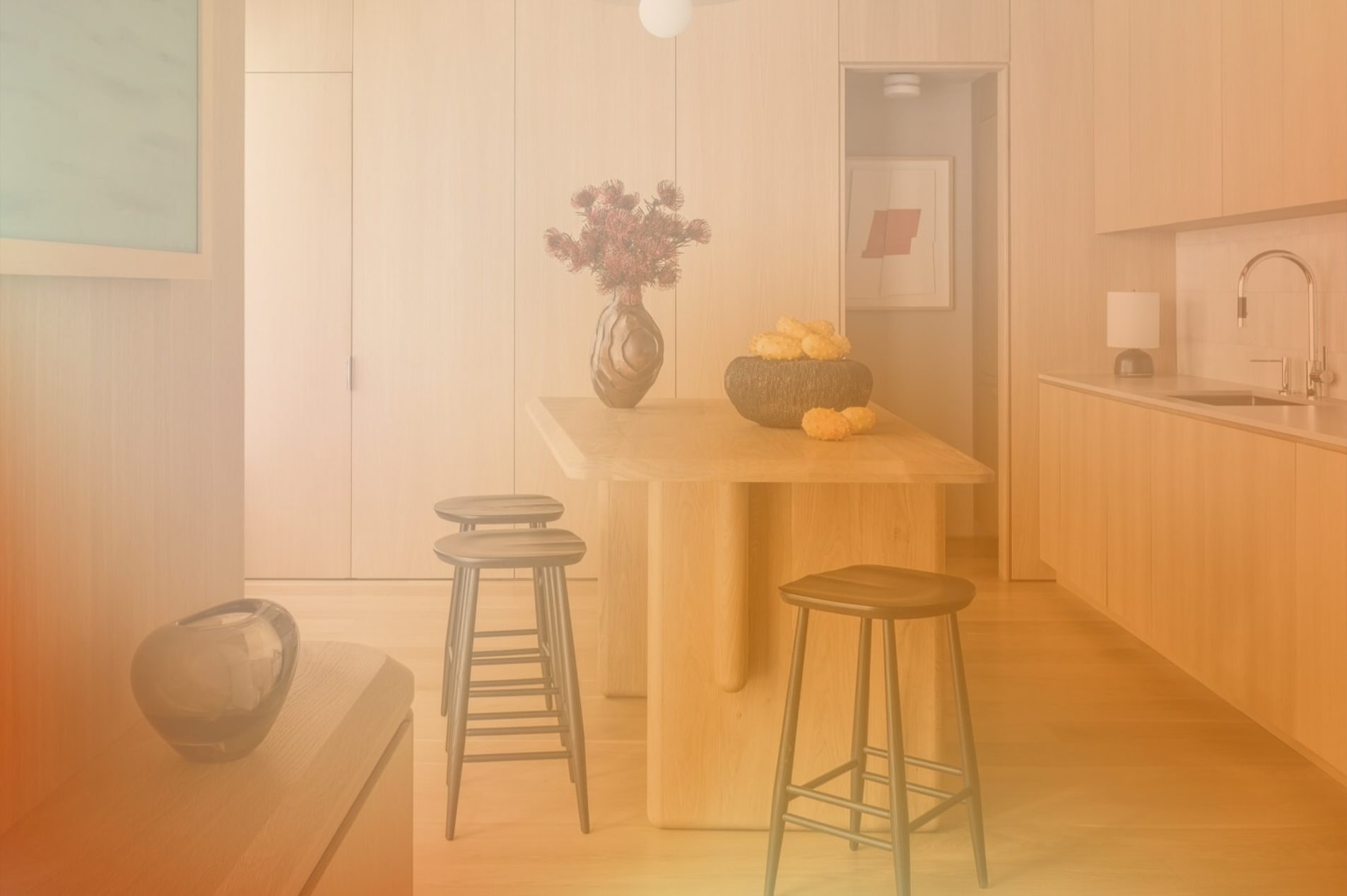In its simplest, most naked version, a trade program is a standardized discount or discount structure that manufacturers or distributors offer design professionals. On the other hand, the fully loaded, most extra version of trade programs can offer all sorts of perks and conveniences that make it easy to specify and buy products directly.
Most furniture and design companies lie somewhere in between. But why invest in crafting a trade program? Isn’t it just enough to offer trade discounts? The answers are 1) because it pays off, and 2) no, not anymore. Let me elaborate.
Make their life easier
First, companies obviously want to make the discovery, specification, and ordering process as seamless as possible. Designers shouldn’t spend their time tracking down a rep and calling or emailing asking for a quote that can take days to arrive. And while trade discounts are a very important incentive, there certainly are other perks that can tilt the balance in your favor:
- Quickship lists: swoop in and save the day by letting them know what is available right now for that last-minute need.
- Referrals: help them help you by recommending you to their friends and colleagues in exchange for an extra discount or a freebie.
- Swatch sets: can be ordered as a set to have on hand and be shared with the rest of the studio or clients in the early phases of a project when finishes aren’t yet decided.
- COM/COL and other customization capabilities: if available, let them know you can build something unique and tailored to their needs.
- Product specs: most relevant in the contract space, certifications can build confidence in a product and sway the decision in your favor (double rub tests, weight capabilities, BIFMA testing, FSC certifications…)
- Digital assets such as 3D, Revit, CAD files…etc. Architects and designers have evolved from the sketchpad to the digital world. No need to go around creating NFTs, but tour products should be available in a variety of digital formats that make it easy for users to slot them into projects.
- Project catalogs, case studies, cutsheets: use your past accomplishments to inspire and convince.
The list could go on and on. But, in short, make their life easier and they will love you for it.
It pays off
Secondly, and this is key, the A&D community is an invaluable resource for furniture and other design companies. Repeat rates and customer lifetime values are enviable compared to direct-to-consumer sales: an end-user buys furniture once in a while, but a designer can buy several over a few months, or many for a large project. Most importantly, they provide access to contract projects that can otherwise be off-limits: office, retail, hospitality…etc.
And then there are some other payoffs you might not be aware of. Trade professionals are an excellent source of user-generated content and organic growth, helping you broaden your reach when they promote their own portfolios with prospective clients and on social media. They can be a source for project photography (which ties in with our previous point on case studies and catalogs) as well as content (think about designer interviews, articles or tips and tricks…), and they act as a referral source. Finally, trade programs offer a wealth of valuable data that companies can use to analyze behavior and improve their offering: special finishes or custom requests that could become standard, pricing ranges by project type, trends that might influence future product launches…
Worth it?
While complex to put together and maintain- trade programs are a worthy investment. They serve as a conversion tool, incentivizing professionals to buy from you, but also as a retention tool, keeping them coming back to you for convenience and reliability. They are not reserved just for manufacturers either. Distributors, dealers, and e-commerce retailers have jumped on the wagon to try to capture valuable clients.





